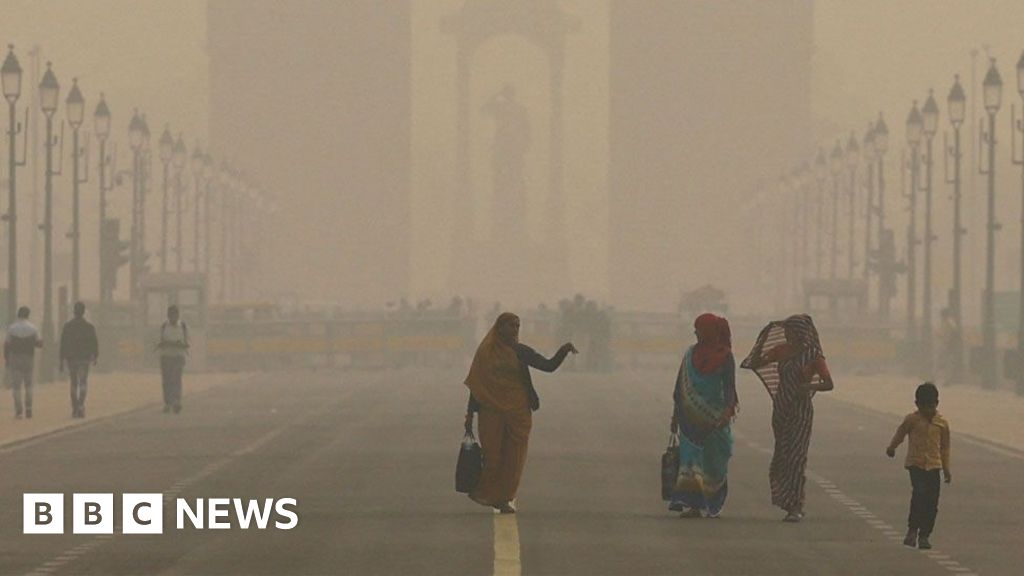Delhi itself produces a huge chunk of the pollution – emission from vehicles, construction and factories.
Every year, in the winter months, people get angry, journalists write and produce reports, politicians blame each other and courts fume – until we do it all over again the next year.
A public health emergency like this would spark mass protests in most democracies. But the anger in Delhi is mostly limited to social media.
Activists say the reason is that pollution doesn’t cause immediate problems for most people. Ingesting high levels of PM2.5 causes health to deteriorate slowly. A Lancet study found that pollution led to more than 2.3 million premature deaths in India in 2019.
And then there is the class divide. People who can afford to temporarily leave the city do that, those who can buy air purifiers do that, and those who can vent on social media do that.
The rest, who don’t have these options, just go about their lives.
The collective angst has so far not resulted in a massive protest and, as the Supreme Court once observed, politicians just “pass the buck” and wait for the season to get over.
Experts say governments at the federal level and in different states need to leave their party politics behind and work together to solve this problem. They need to focus on long-term solutions.
And citizens need to hold politicians accountable and courts have to pass decisive orders months before the pollution worsens.
This year, we are again in the thick of the season and temporary measures have been announced, like banning construction work.
But can these bring Delhi’s elusive blue skies back? The evidence from the past few years doesn’t give much hope.
Follow BBC News India on Instagram, external, YouTube,, external Twitter, external and Facebook, external.

